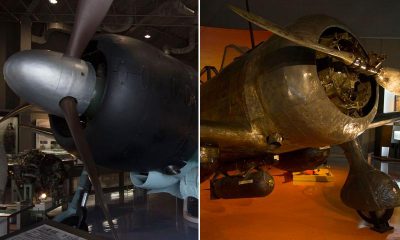Kanoya, Japan — The first flying Zero to call Japan home in 70 years has come to Kanoya, in the far south of Kyushu. Flying or not, Japanese warbirds are a rare breed.
They were never produced in the same numbers as their American, German or Soviet counterparts. Many were shot down throughout the war or used as suicide attacks in the end. After the war, most were scrapped in mass lots.

When I learned there was a Zero on display at the Chikuzenmachi Tachiarai Peace Memorial Museum in Chikuzen-machi, Fukuoka Prefecture, I decided it needed a visit some day. When I learned there was a Type 97, an even rarer fighter, on display alongside it that visit “some day” became a visit “right now.”
The Peace Memorial Museum is built over the former Tachiarai Army Air Field, one of the Imperial Japanese Army’s aviation training centers before and during World War II. It began service in 1919 and at one point was home to the largest air force in Japan. The air field’s proximity to China made it an excellent location for a civilian international airport during times of peace and also a vital field for supplying troops during Japan’s invasion of China in the 1930s.
During World War II, Tachiarai functioned as the Imperial Japan Army’s largest flight training school. Near the end, it also became the army’s primary kamikaze training center, with Chiran, also home to a kamikaze museum, serving as a branch. Tachiarai was hit by two large air raids that destroyed or damaged the airfield, flight schools and aircraft manufacturing facilities in late March 1945, but was able to continue with kamikaze operations until the end of the war.
The museum itself is compact and occupies a tiny portion of the airfield’s foot print, but is full of artifacts and pictures that tell the Tachiarai story
– See more at: http://okinawa.stripes.com/
